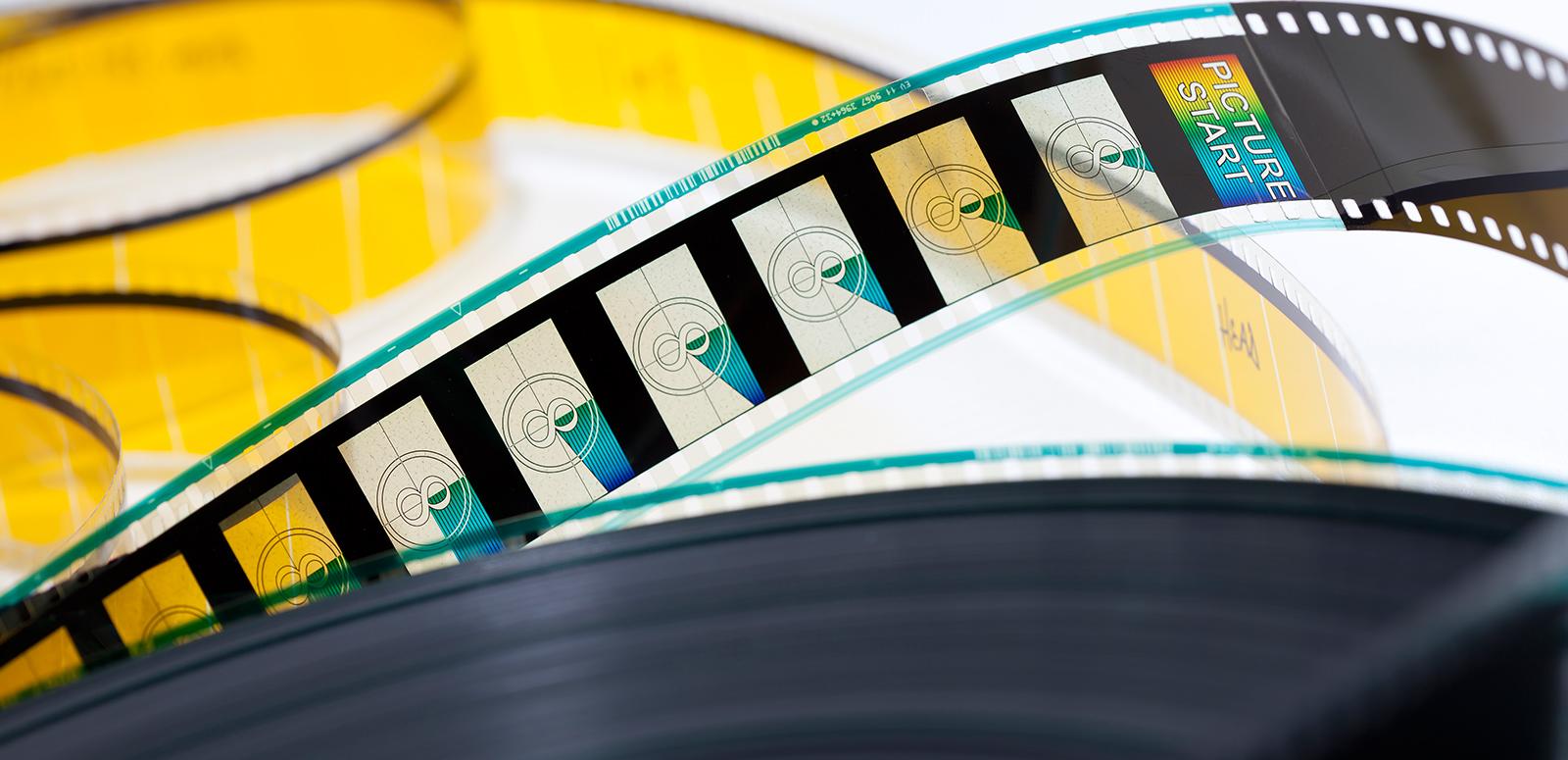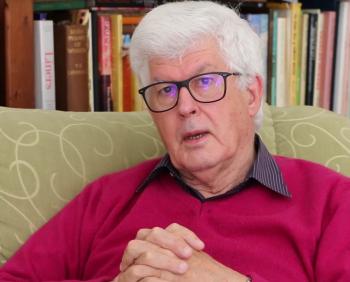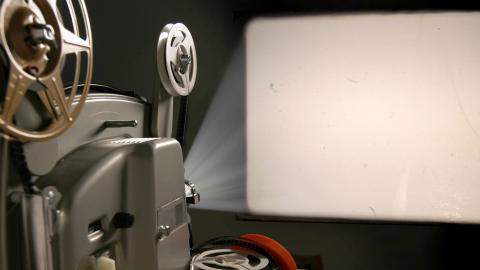World Home Movie Day on 20 October celebrates the personal, historical and social importance of home movies. This year we highlight the home movies of award-winning producer, editor and NFSA Ambassador, Anthony 'Tony' Buckley.
He recollects his first experiences of amateur filmmaking and shares early footage that he took in Sydney and overseas in the 1950s.




